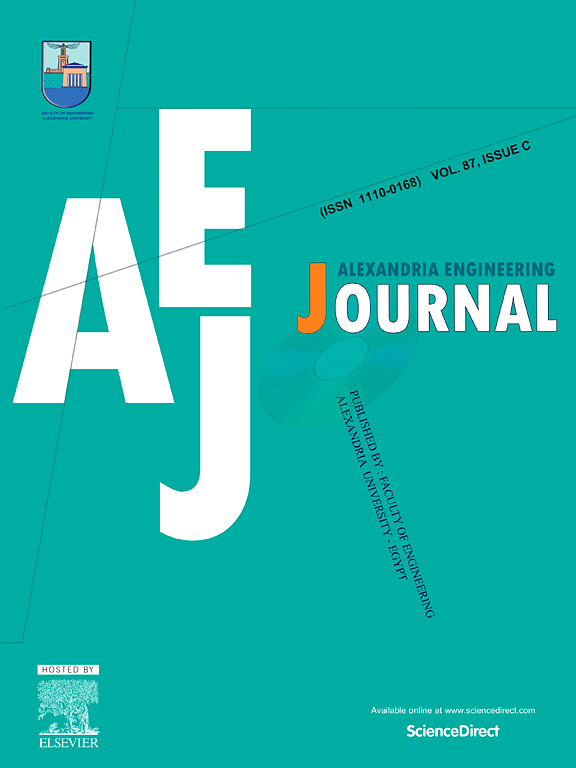圆截面单模波导中的定向自发发射
IF 6.2
2区 工程技术
Q1 ENGINEERING, MULTIDISCIPLINARY
引用次数: 0
摘要
本研究的主要目的是探索被激发的二能级原子在被完美电导体包围的圆波导中与真空相互作用的自发发射控制。这种类型的发射依赖于发射极的固有特性,如发射极的跃迁频率和偶极矩方向,以及周围的电磁环境。由于具有统计性质,这些场没有明确定义的相位,因此发射被认为是不相干的或在不可控的方向上。我们提出了一种方法来引导嵌入在圆波导中的原子的发射。为了实现这一点,多模波导应该被排除在外,因为总发射只是在三个正交的方向上呈现。相反,单模波导中,单个光子在单模波导中传输,单模波导耦合到嵌入原子的腔中。因此,电偶极矩矢量被迫采取唯一允许传播的模式的方向。除了产生单一的排放值外,这也提供了一种控制方向的方法。最近微加工技术的进步已经制造出了这种波导。本文章由计算机程序翻译,如有差异,请以英文原文为准。
Directional spontaneous emission in a mono-mode waveguide with a circular cross section
Exploring the spontaneous emission control of an excited two-level atom interacting with the vacuum within a circular waveguide surrounded by a perfect electric conductor is the main objective of this work. This type of emission is dependent on the intrinsic properties of the emitter, such as the emitter’s transition frequency and dipole moment direction, as well as the surrounding electromagnetic environment. Due to being statistical in nature, the fields do not have a well-defined phase, and thus the emission is considered incoherent or in an uncontrollable direction. We propose an approach to direct the emission from an atom embedded in a circular waveguide. To achieve this, multimode waveguides should be excluded because the total emission is simply presented in three orthogonal directions. In contrast, with mono-mode waveguides, the single photon transports in a single-mode waveguide coupled to a cavity embedded with an atom. Thus, the electric dipole moment vector is forced to take the direction of the only mode in which it is allowed to propagate. Besides giving rise to a single value for the emission, this also provides a way to control direction. Such waveguides have already been produced by recent advances in microfabrication technology.
求助全文
通过发布文献求助,成功后即可免费获取论文全文。
去求助
来源期刊

alexandria engineering journal
Engineering-General Engineering
CiteScore
11.20
自引率
4.40%
发文量
1015
审稿时长
43 days
期刊介绍:
Alexandria Engineering Journal is an international journal devoted to publishing high quality papers in the field of engineering and applied science. Alexandria Engineering Journal is cited in the Engineering Information Services (EIS) and the Chemical Abstracts (CA). The papers published in Alexandria Engineering Journal are grouped into five sections, according to the following classification:
• Mechanical, Production, Marine and Textile Engineering
• Electrical Engineering, Computer Science and Nuclear Engineering
• Civil and Architecture Engineering
• Chemical Engineering and Applied Sciences
• Environmental Engineering
 求助内容:
求助内容: 应助结果提醒方式:
应助结果提醒方式:


